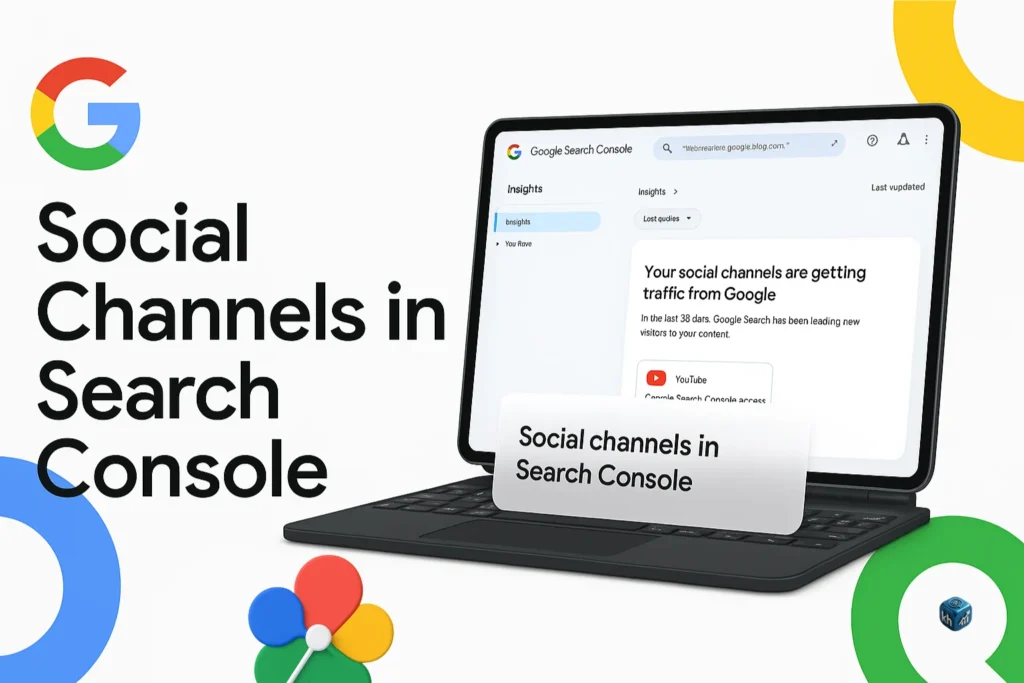Google CDNs and December Crawling: Insights & Practices

Content Delivery Networks (CDNs) play a pivotal role in enhancing website performance and user experience. By reducing latency, mitigating traffic-related issues, and speeding up content delivery, CDNs ensure that websites operate seamlessly even under heavy traffic loads. However, their impact goes beyond user-facing benefits, influencing how web crawlers access and index sites. This article delves into how CDNs work, their benefits, and potential challenges they pose to web crawling.
What is a CDN?
A Content Delivery Network (CDN) acts as an intermediary between a website’s origin server and its end users. CDNs store cached versions of website content across a network of servers distributed worldwide. By doing so, they:
- Reduce Latency: Serve users from a server closest to their location, minimizing transfer times.
- Enhance Speed: Cache resources like images, CSS, JavaScript, and even HTML, so requests don’t always hit the origin server.
- Improve Security: Protect against Distributed Denial of Service (DDoS) attacks and other malicious traffic by analyzing and blocking suspicious patterns.
For example, a user in Australia accessing a website hosted in Germany would receive content from a CDN’s Australian cache, reducing the time it takes to load the site. In October 2024, Cloudflare mitigated a massive 4.2 Tbps DDoS attack—a testament to the robustness of modern CDNs.
Key Benefits of CDNs for Websites
Even if a website is backed by high-performance servers, CDNs provide several advantages that can save resources and enhance user experience:
- Caching Resources:
- By serving static assets like images, videos, and stylesheets from cache, CDNs reduce the load on origin servers.
- Faster page load times improve user satisfaction and conversion rates.
- Traffic Management and Protection:
- CDNs can detect and block malicious traffic, ensuring legitimate users can access the site uninterrupted.
- Tools like Web Application Firewalls (WAFs) simplify managing traffic rules to block unwanted crawlers, bots, or specific IP ranges.
- Improved Reliability:
- Some CDNs can serve cached content even if the origin server goes down, keeping users engaged with static content.
- Scalability:
- CDNs allow websites to handle traffic spikes, such as during viral events or seasonal promotions, without performance degradation.
To maximize these benefits, businesses should evaluate CDNs based on factors like pricing, performance, reliability, scalability, and customer support. Hosting providers and CMS platforms often integrate with popular CDNs, making it easier for site owners to adopt them.
CDNs and Web Crawling
While CDNs offer undeniable advantages for websites, their interaction with web crawlers presents unique challenges and opportunities. Let’s explore how CDNs influence crawling and indexing.
1. Impact on Crawl Rates
Google’s crawling infrastructure is designed to identify sites backed by CDNs based on their IP addresses. When a website uses a CDN, Google assumes it can handle higher crawl rates without server overload. For instance:
- A stock photo site with millions of pages might launch with a landing page, categories, and detailed product pages. Without a CDN, Google’s crawlers throttle requests to prevent server overload.
- With a CDN, Google’s crawlers send more simultaneous requests, speeding up the crawling process.
However, a “cold” CDN cache (one without prior requests for specific URLs) requires the origin server to serve these pages at least once. This can temporarily strain server resources until the cache is “warmed up.”
2. Effect on Rendering
Google’s Web Rendering Service (WRS) benefits from static resources hosted on separate domains (e.g., cdn.example.com). However, this setup introduces additional connection overheads, potentially slowing down page performance. To mitigate this:
- Host critical resources (HTML, CSS, and JavaScript) on the primary domain backed by a CDN.
- Evaluate whether splitting resources across domains is worth the trade-off for your business.
3. Challenges with Overprotective CDNs
CDNs often implement strict traffic controls, which can inadvertently block legitimate crawlers, including search engine bots. Such blockages can prevent pages from being indexed, harming a website’s search visibility. These issues fall into two categories:
- Hard Blocks:
- HTTP 503/429 status codes signal temporary unavailability and allow recovery without long-term indexing issues.
- Network timeouts or errors with an HTTP 200 status (soft errors) are more problematic, as they can lead to deindexing or duplicate content issues.
- Soft Blocks:
- Bot verification challenges, like CAPTCHA screens, prevent crawlers from accessing content. To avoid this, ensure these interstitials send a 503 status code to automated clients.
Debugging Crawling Issues
To ensure proper crawling and indexing:
- Use Search Console’s URL Inspection Tool:
- Check the rendered image of your page to verify if crawlers can access it.
- Monitor CDN Blocklists:
- Periodically review blocklists for search engine crawler IPs. Allowlist them if necessary.
- Leverage Search Engine Documentation:
- Major CDNs and WAF providers, such as Cloudflare, Akamai, and Google Cloud, publish guides to manage bot traffic. Familiarize yourself with these resources to address potential issues.
Conclusion
CDNs are invaluable tools for enhancing website performance, scalability, and security. By understanding their impact on crawling and rendering, businesses can maximize the benefits of CDNs while minimizing potential drawbacks. Regular monitoring and collaboration with CDN providers ensure that both users and search engine crawlers can access your site seamlessly.


Leave a Reply